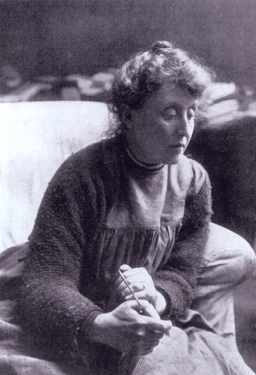Evelyn De Morgan and Botticelli
Kirsty Stonell Walker made an excellent point in Endless Digressions on Evelyn De Morgan: she’s such a fascinating artist that it feels impossible to keep a post about her short. Her work is large, vivid in color, and often depicts a spiritual theme or an allegory. And if there’s anything I love, it’s an allegorical … Read more

